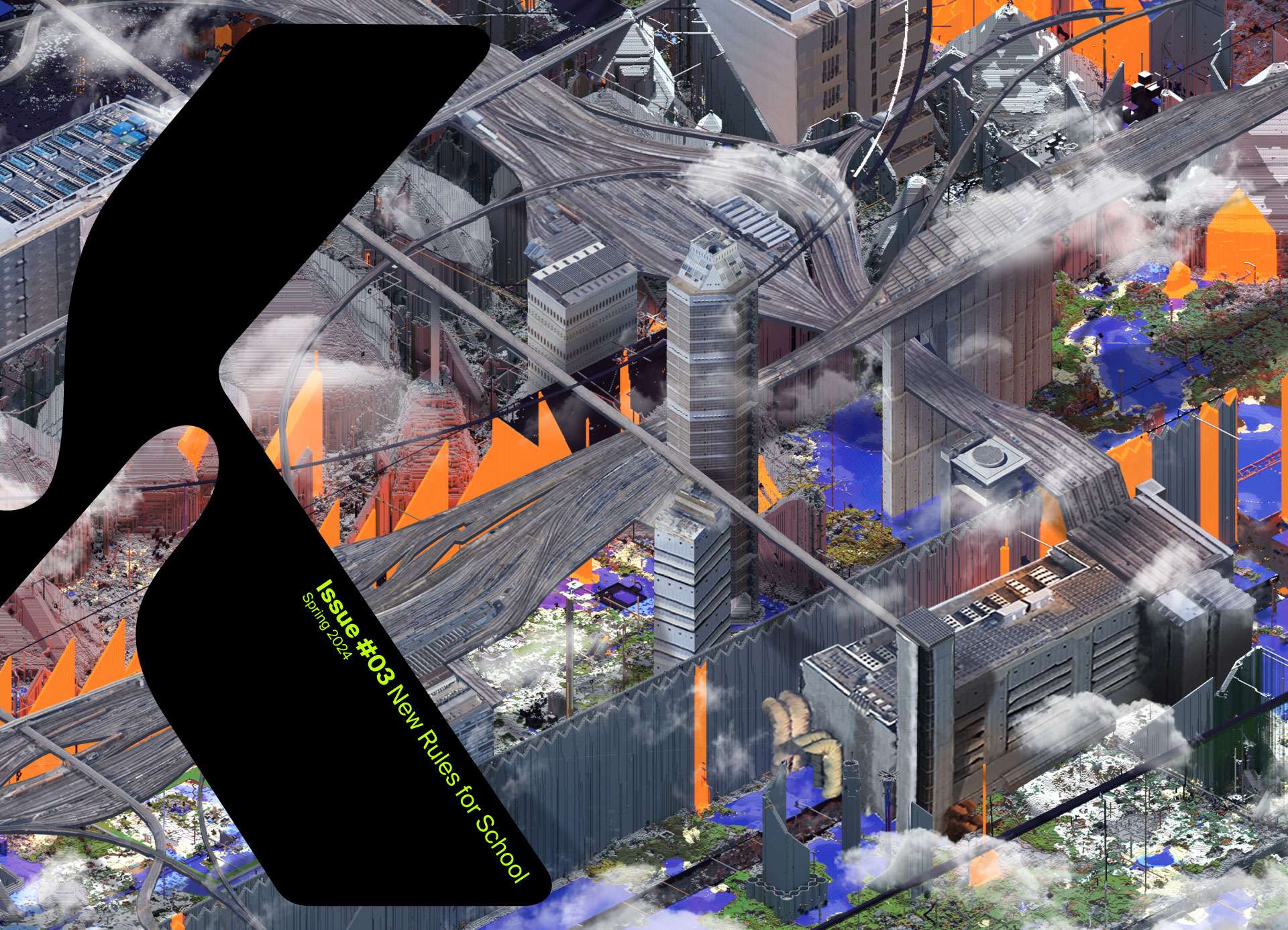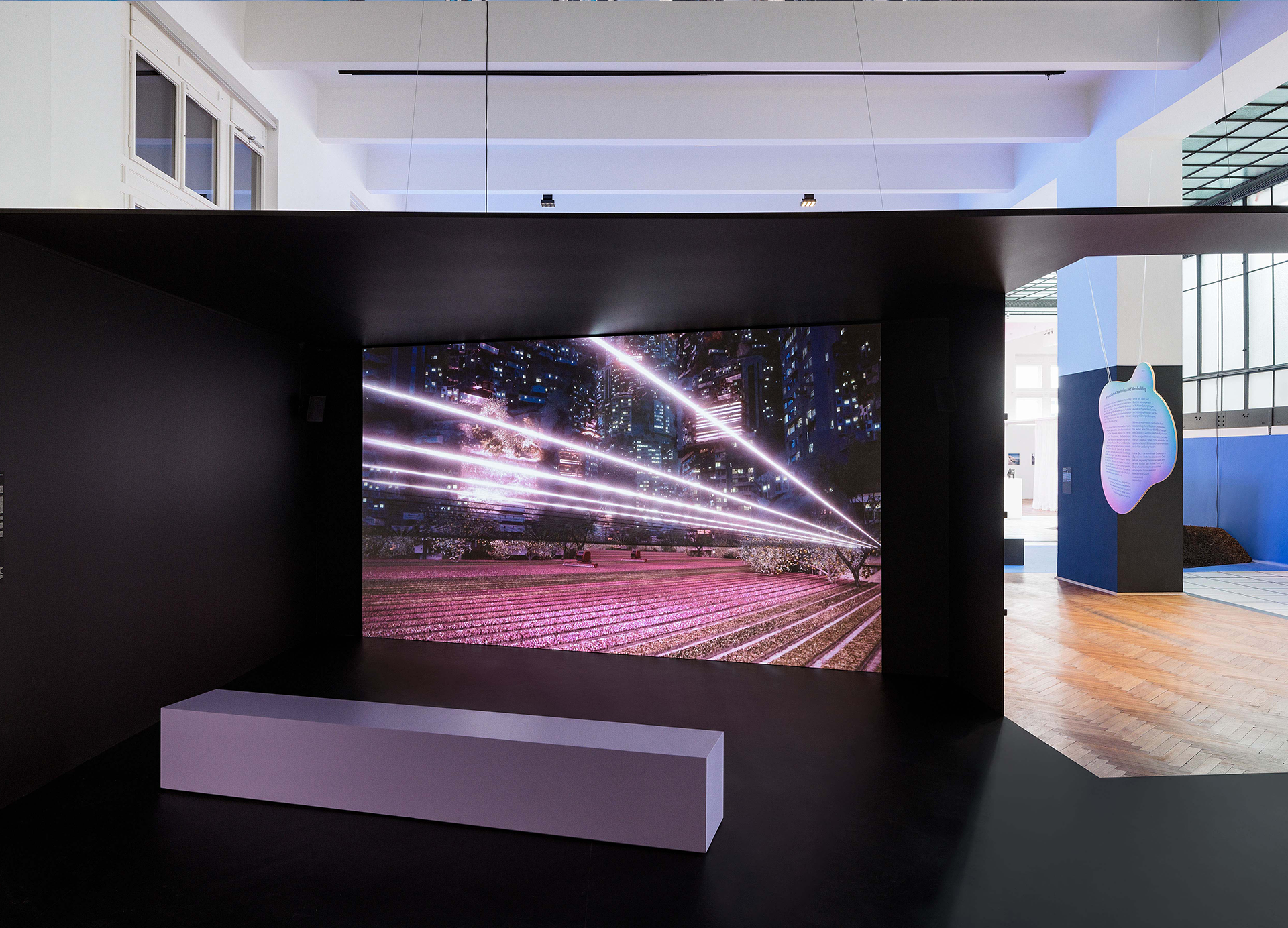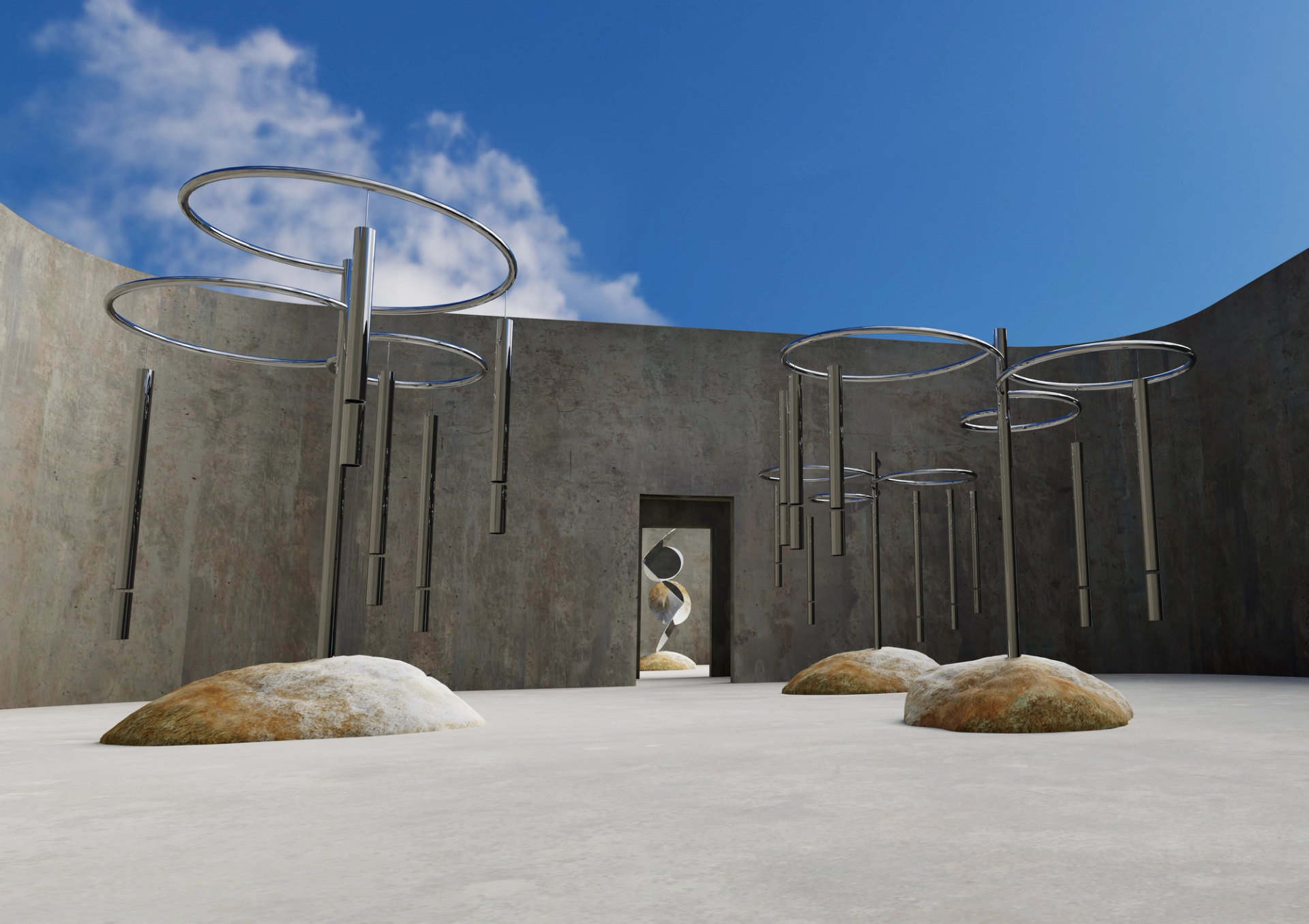No City is not a design project, but a provocation into the possibilities of architecture within a city under the era of digital capitalism. No City represents a series of provocative visions of key spaces within London, transformed to serve the new era. The city is no longer a place of leisure, work or residence, but an opportunity to serve the overall interests of the country.
No City is not an anti-capitalist manifesto, but rather a means to imagine capitalism’s reanimation of the city in response to the digital era.
The project was developed within the Architecture and Historic Urban Environment course at the Bartlett School of Architecture.
KOOZ What prompted the project?
TK The dissertation project begins from my personal interest in the impact of capitalism in our current society. This personal interest has led to extensive research into the history of capitalism development from the past to the present. The research has shown that the capitalism has a profound impact to 21st century society.
Even Architecture itself is unable to escape from capitalism. The existing of architecture space has been occupied by all kinds of technology to ensure the architecture would be able to keep up with the flow and circulation of capitalist society. Centre Pompidou could represent the evidence of change to the position of architecture, after the modern period. It represents circulation, storage, and flow. Thus, we can conclude that capitalism has reduced the importance that architecture has in society. As Jean Baudrillard mention ‘Architecture is enslave to all these functions of circulation, information, communication, and culture’. Moreover, after the rise of digital capitalism, many production and consumption activities adapt to a new technology and start to leave a physical space behind. As technology already manages all of these human activities within digital space, many physical spaces may no longer be necessary. Due to the above, I decided to investigate the faith of architecture and cities in the 21st century.
KOOZ What questions does the project raise and which does it address?
TK The project premise is that capitalism is the only recourse for society. It has invaded every aspect of our lives: politics; economics; industry and society. The rise of digital capitalism has transformed the physical activities of production and consumption into the digital realm. Online transactions, delivery and working show how production and consumption have adapted to the digital age. Now that capitalism is digital the question becomes whether or not physical space is still relevant. The rise of digital capitalism has left architecture and the city behind. This has become the main research question for the No City project in rethinking how architecture should operate in the digital era.
The issue of physical space in the 21st century is vital. Architecture will become less and less necessary in our society as many activities shift to the digital landscape.
KOOZ How does the project understand and explore the terms "city" and "digital"?
TK The projects begin to explore the concept of city through case studies from two radical projects. The No stop city from Archizoom and Stop city from Dogma which represent a suitable case study to explore how city has been reimagined or operated in the 20th and 21st centuries. No-stop city (Archizoom) investigates the possibility of creating an endless interior that allows production systems to be pushed to their limits. Stop City (Dogma) seeks to frame the city and limit the spread of capitalism in the city with architecture. Both projects have coincided character of each other that there is no quality in architecture and projects did not tackle with the capitalist directly. Therefore, can architecture regain its ability to serve society in the digital capitalism era. For the above reason, the No city project has rethink to the impact and possibility for Architecture in late capitalism. Two strategies have been introduced to use as a tool to explore the term “city” and “Digital Capitalism”, producing a strategy to challenge the urban fabric:
[1] Through an understanding of the rapid changing state of cities in relation to advances in technology and the consequences of living with perpetual global pandemics, we question the logic of typologies. Instead we look at how to break down past typologies into less prescriptive forms through parasitic interventions designed to spatially mutate. In the same time Typology concept can contribute to creating architecture form without external shape. As a consequence of capitalist rule, a style has become a part of the logic of capital and is used to serve the consumerism of modern society. Typology of architecture would be the possible way to create architecture without interfering with shapes.
[2] Celebration of the void. With an emphasis diverted from architectural form we understand the potential of the void to create anticipation and nostalgia. The void becomes the new programming tool for the city and a strategy to disrupt and challenge capitalism in 21st century Both idea combine together, produce a strategy to challenge the urban fabric, void become new program for city.
Both idea combine together, produce a strategy to challenge the urban fabric, void become new program for city.
KOOZ What informed the various scenarios through which the project is narrated?
TK The No City project presents a series of provocative images illustrating how London’s attractions and famous places have been transformed to solve natural resource crises and climate change in the 21st century. London city continue to be a pillar to support the UK’s economy. Cities are not only places for living; they are places that serve in ways that nobody wants to address but are nevertheless necessary. For example a transportation hub like Kingcross’s turns into a pig farm and slaughter house. Furthermore, the Somerset house, previously used for leisure activities, has been completely replaced by a fish farm while the interior of the building, which was once an art gallery, has become a marketplace for seafood products. A place of art has become a place of production, consumption, and reproduction, a part of the capitalist mechanical system.
The post-Fordism era makes it difficult to reject or prevent the capitalist system [...] even we have become in part material for production in modern society.
KOOZ What is ultimately the role of the architect within our contemporary society?
TK The issue of physical space in the 21st century is vital. Architecture will become less and less necessary in our society as many activities shift to the digital landscape. This research resulted in No City, which is not a design proposal nor design project but an investigation into the possibility of architecture in the era of late capitalism and the predictability of architecture within a city. No City appears to be a dystopian society from the outside, but it attempts to approach 21st-century architecture realistically. None the less, it must be accepted that architecture at the present serves the needs of capitalism as it has become part of the larger system. The post-Fordism era makes it difficult to reject or prevent the capitalist system since capitalism merges with all kinds of activities, and even we have become in part material for production in modern society. For this reason, we rethink how architecture could work as a catalyst to address the urgent needs arising from climate change and natural resource crises. The outcome of the project is an imaginative approach to space. Voids within and between the architecture are highlighted as protagonists in this project. Being an architect does not involve merely creating buildings; it also requires reimagining how to make more efficient something that will someday be obsolete.
KOOZ What is for you the power of the architectural imaginary?
TK The architectural imaginary has a significant impact on architecture education for a long time. It has inspired me and many other young architecture students to be brave and challenge problems within the society that we live in. However, I personally think that the architectural imaginary should not only create positive power or only brighter future images for our society, it can be so much more. Architecture sometimes has the power to raise the awareness of people who are living in the present, even when it seems pessimistic. I believe that it is an alternate way to encourage people to care more about the future of our society.





